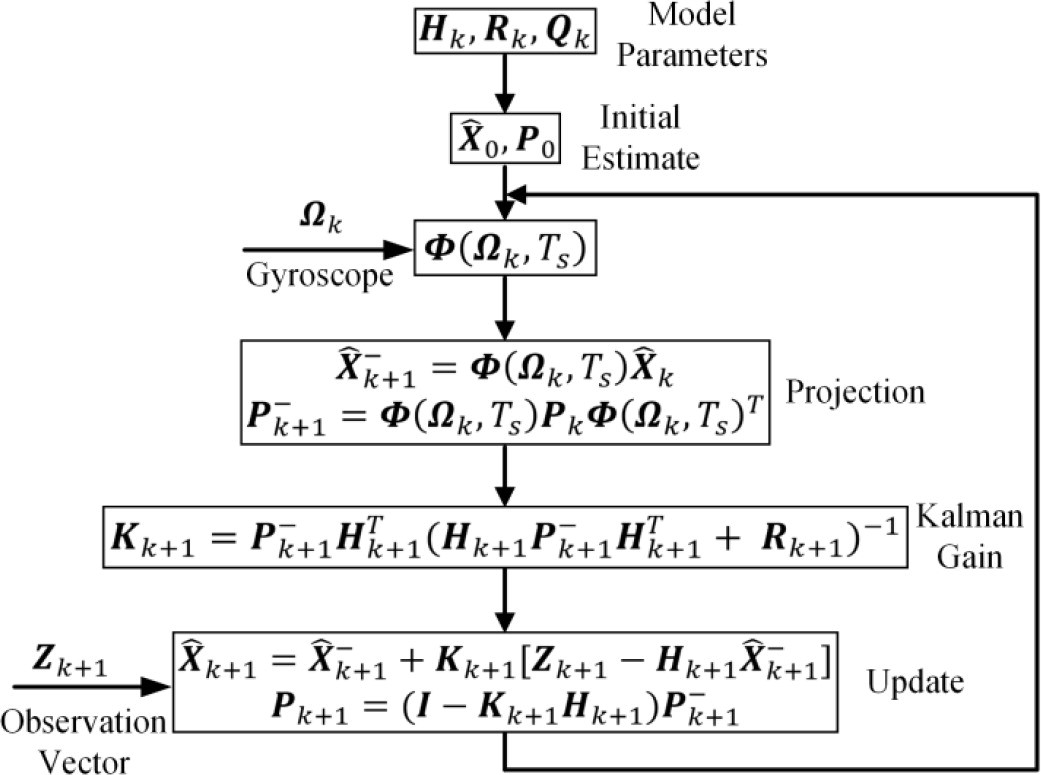Enhancing Audio Signal Quality and Learning Experience with Integrated Covariance Weiner Filtering in College Music Education
Main Article Content
Abstract
In recent years, computer music technology has become increasingly prevalent in college music education, offering new possibilities for creative expression and pedagogical approaches. This paper concentrated on the music education in the colleges with the application of integrated time and frequency filtering (ITFF) with Kalman integrated covariance Weiner filtering in college music education. The ITFF technique combines time and frequency domain analysis to enhance the quality and clarity of audio signals. By integrating the Kalman integrated covariance Weiner filtering, the ITFF method provides robust noise reduction and improved signal representation. This integrated approach enables music educators to effectively analyze and manipulate audio signals in real-time, fostering a more immersive and engaging learning environment for students. The findings of this study highlight the benefits and potential applications of ITFF with Kalman-integrated covariance Weiner filtering in college music education, including audio signal enhancement, sound synthesis, and interactive performance systems. The integration of computer music technology with advanced filtering techniques presents new opportunities for exploring sound, composition, and music production within an educational context.
Article Details
References
Eid, M. M., & Rashed, A. N. Z. (2021). Basic FBG apodization functions effects on the filtered optical acoustic signal. Indones J Electr Eng Comput Sci, 22, 287-96.
Liu, W., Liu, J., Hao, C., Gao, Y., & Wang, Y. L. (2022). Multichannel adaptive signal detection: Basic theory and literature review. Science China Information Sciences, 65(2), 121301.
Zou, L., Wang, Z., Hu, J., & Dong, H. (2021). Ultimately bounded filtering subject to impulsive measurement outliers. IEEE Transactions on Automatic Control, 67(1), 304-319.
Abhale, A. B. ., & Reddy A, J. . (2023). Deep Learning Perspectives to Detecting Intrusions in Wireless Sensor Networks. International Journal of Intelligent Systems and Applications in Engineering, 11(2s), 18–26. Retrieved from https://ijisae.org/index.php/IJISAE/article/view/2504
Zhang, X., & Ding, F. (2021). Optimal adaptive filtering algorithm by using the fractional-order derivative. IEEE Signal Processing Letters, 29, 399-403.
Kumar, A., Tomar, H., Mehla, V. K., Komaragiri, R., & Kumar, M. (2021). Stationary wavelet transform based ECG signal denoising method. ISA transactions, 114, 251-262.
Bianchi, F. M., Grattarola, D., Livi, L., & Alippi, C. (2021). Graph neural networks with convolutional arma filters. IEEE transactions on pattern analysis and machine intelligence, 44(7), 3496-3507.
Yang, H., Cheng, Y., & Li, G. (2021). A denoising method for ship radiated noise based on Spearman variational mode decomposition, spatial-dependence recurrence sample entropy, improved wavelet threshold denoising, and Savitzky-Golay filter. Alexandria Engineering Journal, 60(3), 3379-3400.
Tan, M., Xu, X., Wu, J., Morandotti, R., Mitchell, A., & Moss, D. J. (2021). RF and microwave photonic temporal signal processing with Kerr micro-combs. Advances in Physics: X, 6(1), 1838946.
Safi, M. S., & Safi, S. M. M. (2021). Early detection of Alzheimer’s disease from EEG signals using Hjorth parameters. Biomedical Signal Processing and Control, 65, 102338.
Revach, G., Shlezinger, N., Ni, X., Escoriza, A. L., Van Sloun, R. J., & Eldar, Y. C. (2022). KalmanNet: Neural network aided Kalman filtering for partially known dynamics. IEEE Transactions on Signal Processing, 70, 1532-1547.
Huang, G., Bai, M., Zhao, Q., Chen, W., & Chen, Y. (2021). Erratic noise suppression using iterative structure?oriented space?varying median filtering with sparsity constraint. Geophysical Prospecting, 69(1), 101-121.
Makarand L, M. . (2021). Earlier Detection of Gastric Cancer Using Augmented Deep Learning Techniques in Big Data with Medical Iot (Miot). Research Journal of Computer Systems and Engineering, 2(2), 22:26. Retrieved from https://technicaljournals.org/RJCSE/index.php/journal/article/view/28
Ye, Z., & Yu, J. (2021). Deep morphological convolutional network for feature learning of vibration signals and its applications to gearbox fault diagnosis. Mechanical Systems and Signal Processing, 161, 107984.
Li, Y., Niu, B., Zong, G., Zhao, J., & Zhao, X. (2022). Command filter-based adaptive neural finite-time control for stochastic nonlinear systems with time-varying full-state constraints and asymmetric input saturation. International Journal of Systems Science, 53(1), 199-221.
Ding, J., & Zhang, W. (2021). Finite?time adaptive control for nonlinear systems with uncertain parameters based on the command filters. International Journal of Adaptive Control and Signal Processing, 35(9), 1754-1767.
Gupta, V., & Mittal, M. (2021). R-peak detection in ECG signal using Yule–Walker and principal component analysis. IETE Journal of Research, 67(6), 921-934.
Auma, G., Goldberg, R., Oliveira, A., Seo-joon, C., & Nakamura, E. Enhancing Sentiment Analysis Using Transfer Learning Techniques. Kuwait Journal of Machine Learning, 1(3). Retrieved from http://kuwaitjournals.com/index.php/kjml/article/view/129
Zhao, X. (2022). Evaluation of Multimedia Popular Music Teaching Effect Based on Audio Frame Feature Recognition Technology. Advances in Multimedia, 2022.
Zhang, X. (2021). Multi-sensory research of singing visualization in pre-school music education. Interactive Learning Environments, 1-11.
Prof. Prachiti Deshpande. (2016). Performance Analysis of RPL Routing Protocol for WBANs. International Journal of New Practices in Management and Engineering, 5(01), 14 - 21. Retrieved from http://ijnpme.org/index.php/IJNPME/article/view/43
Zheng, X. (2022). Research on the whole teaching of vocal music course in university music performance major based on multimedia technology. Scientific Programming, 2022.
Yu, X., Ma, N., Zheng, L., Wang, L., & Wang, K. (2023). Developments and applications of artificial intelligence in music education. Technologies, 11(2), 42.
Kayis, M., Hardalaç, N., Ural, A. B., & Hardalaç, F. (2021). Artificial Intelligence-Based Classification with Classical Turkish Music Makams: Possibilities to Turkish Music Education. African Educational Research Journal, 9(2), 570-580.
Sudu, L. (2022). Design and application of vocal music teaching management system. Mathematical Problems in Engineering, 2022, 1-8.
Ceylan, H. C., Hardalaç, N., Kara, A. C., & Firat, H. (2021). Automatic Music Genre Classification and Its Relation with Music Education. World Journal of Education, 11(2), 36-45.
Xia, X., & Yan, J. (2021). Construction of music teaching evaluation model based on weighted naïve bayes. Scientific Programming, 2021, 1-9.
Chen, N., & Wen, G. (2021). Music composition feasibility using a quality classification model based on artificial intelligence. Aggression and Violent Behavior, 101632.
Zhao, J. (2021, May). Practice and Research on Network Digital Multimedia Vocal Music Teaching. In 2021 2nd International Conference on Computers, Information Processing and Advanced Education (pp. 1032-1036).
Pei, Z., & Wang, Y. (2021). Analysis of computer aided teaching management system for music appreciation course based on network resources. Computer-Aided Design and Applications, 19(S1), 1-11.
Wang, X., & Chen, Y. (2021). Music teaching platform based on FPGA and neural network. Microprocessors and Microsystems, 80, 103337.
Biasutti, M., Antonini Philippe, R., & Schiavio, A. (2022). Assessing teachers’ perspectives on giving music lessons remotely during the COVID-19 lockdown period. Musicae Scientiae, 26(3), 585-603.
Henry, F., Glavin, M., & Jones, E. (2021). Noise reduction in cochlear implant signal processing: A review and recent developments. IEEE reviews in biomedical engineering.
Zhang, Q., Wang, D., Zhao, R., Yu, Y., & Shen, J. (2021). Sensing to hear: Speech enhancement for mobile devices using acoustic signals. Proceedings of the ACM on Interactive, Mobile, Wearable and Ubiquitous Technologies, 5(3), 1-30.

